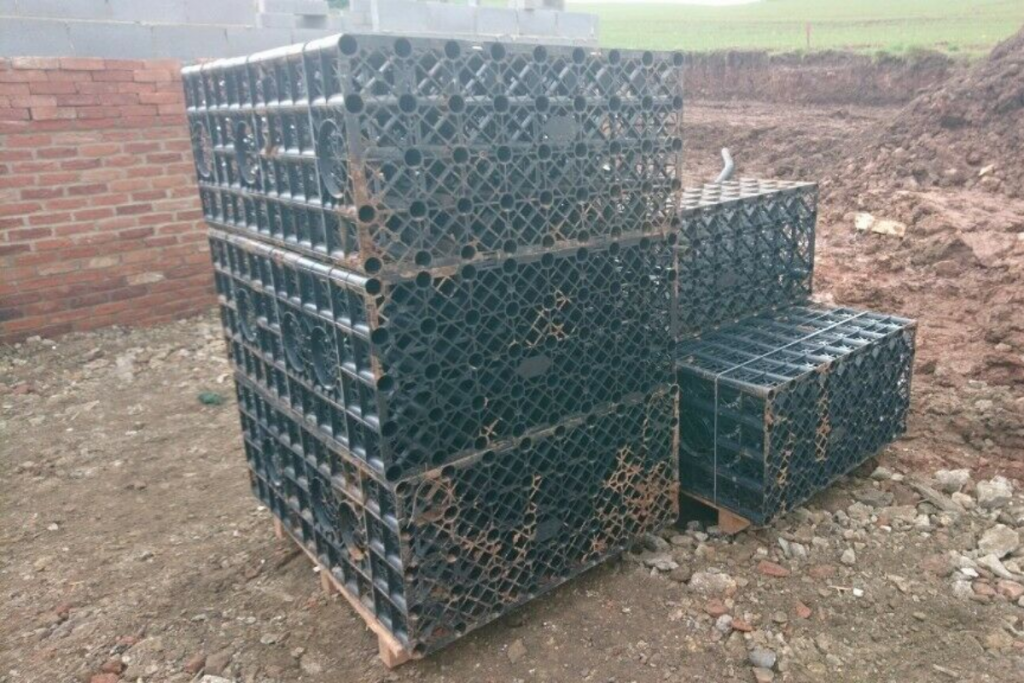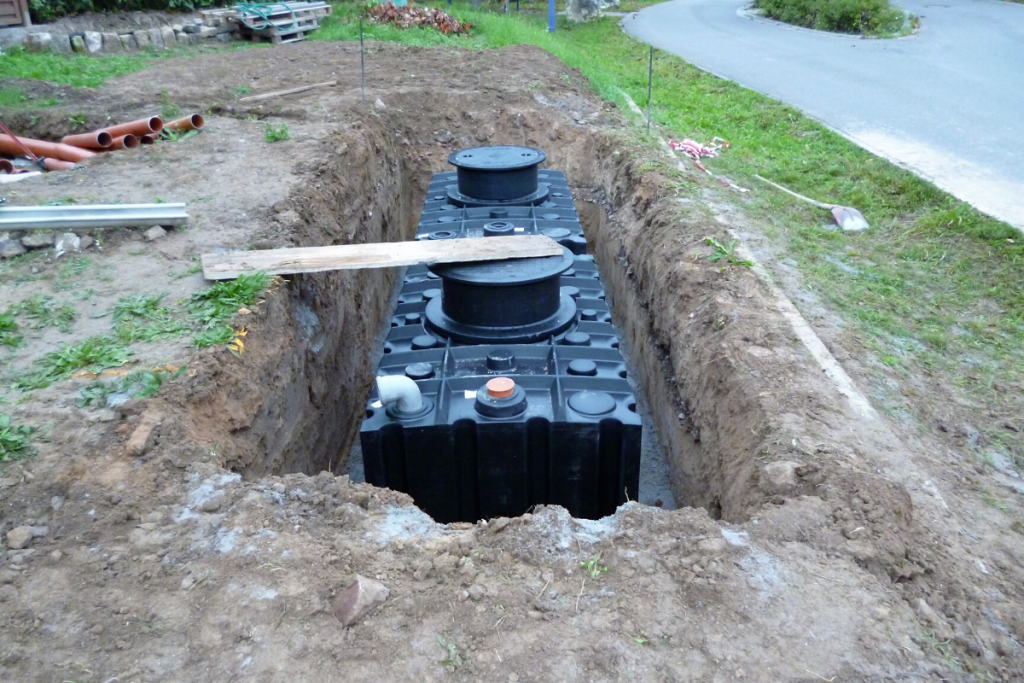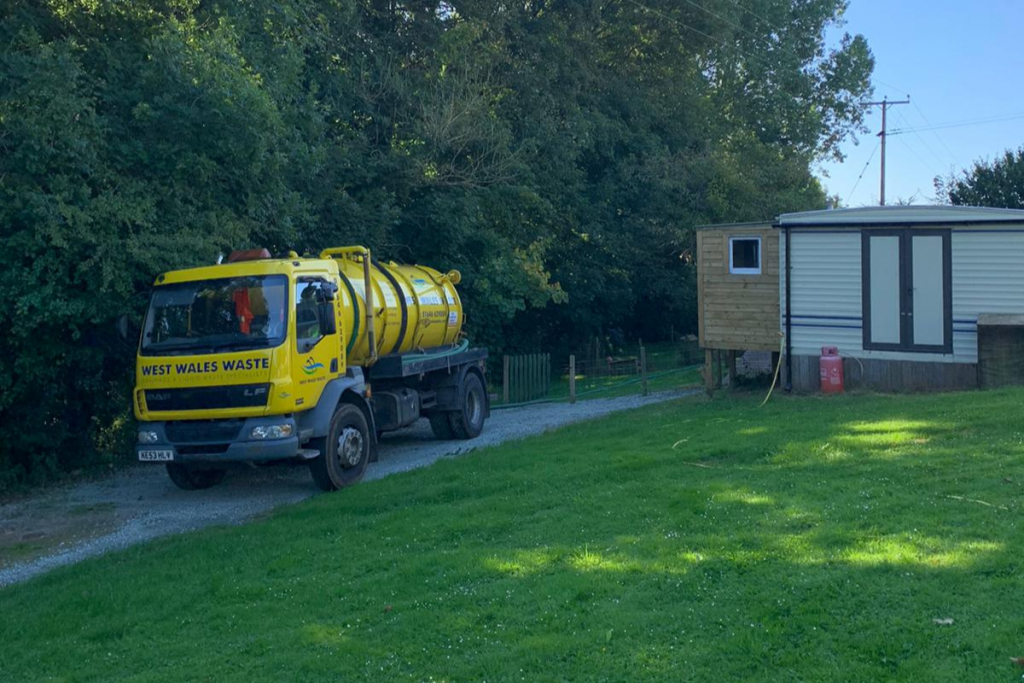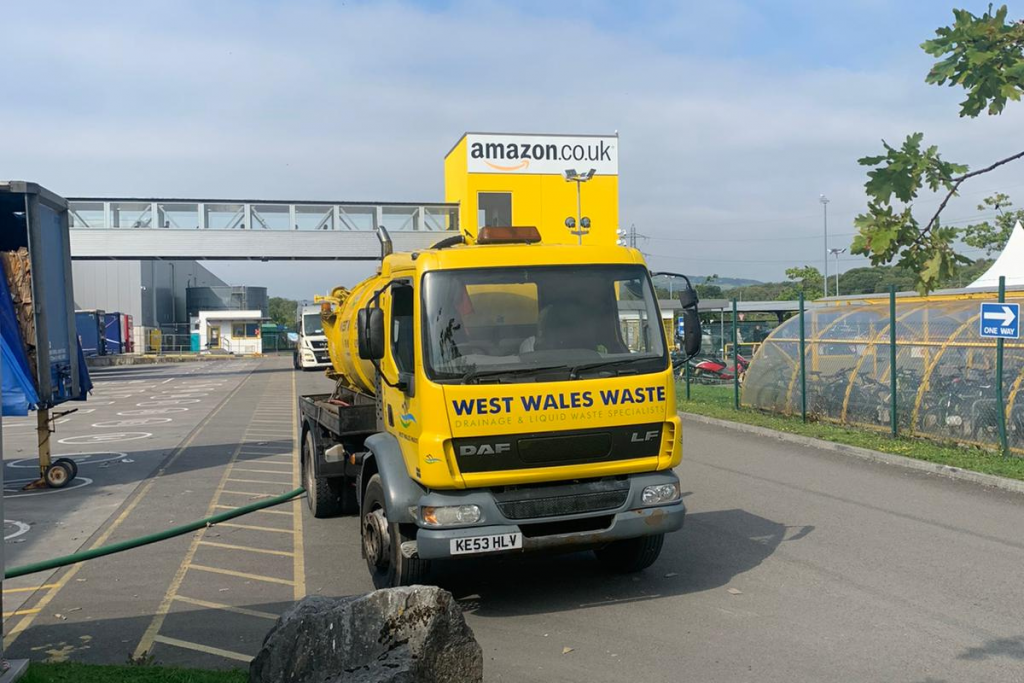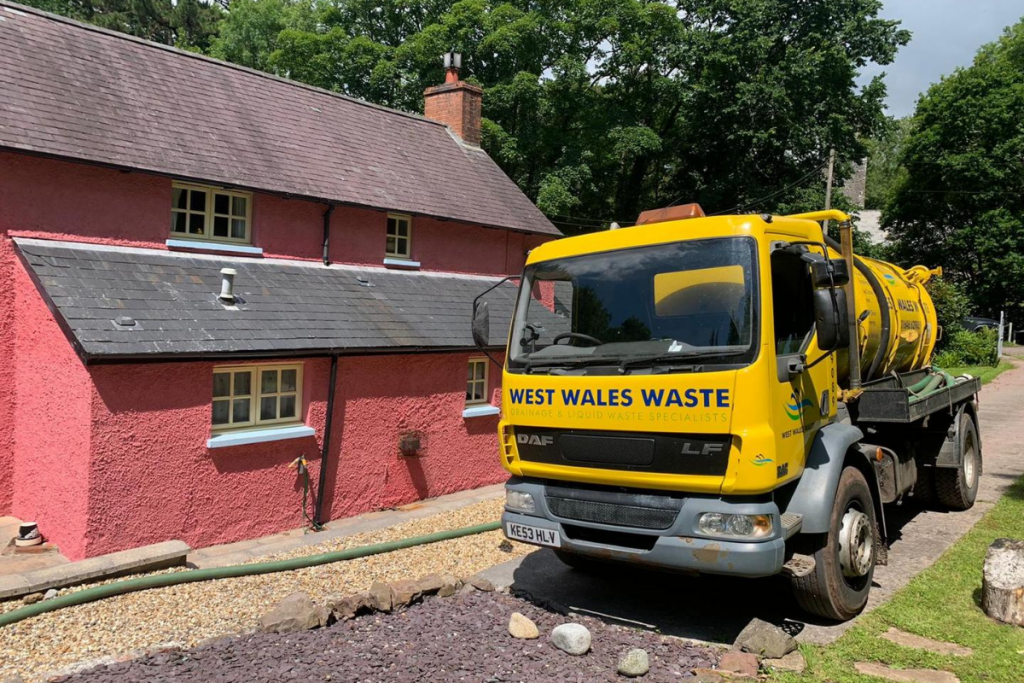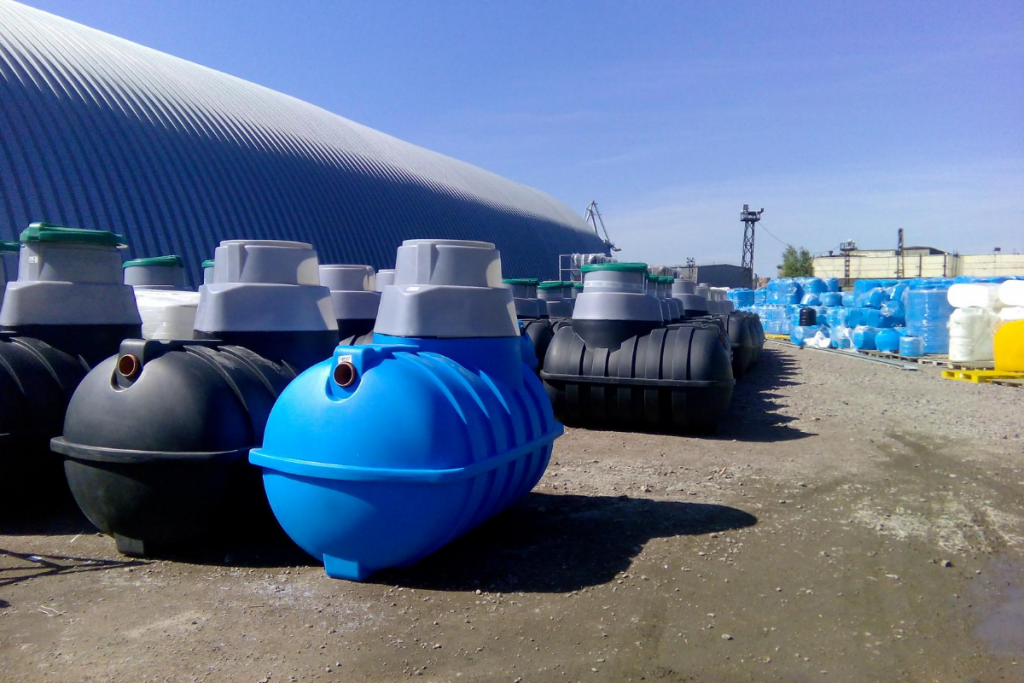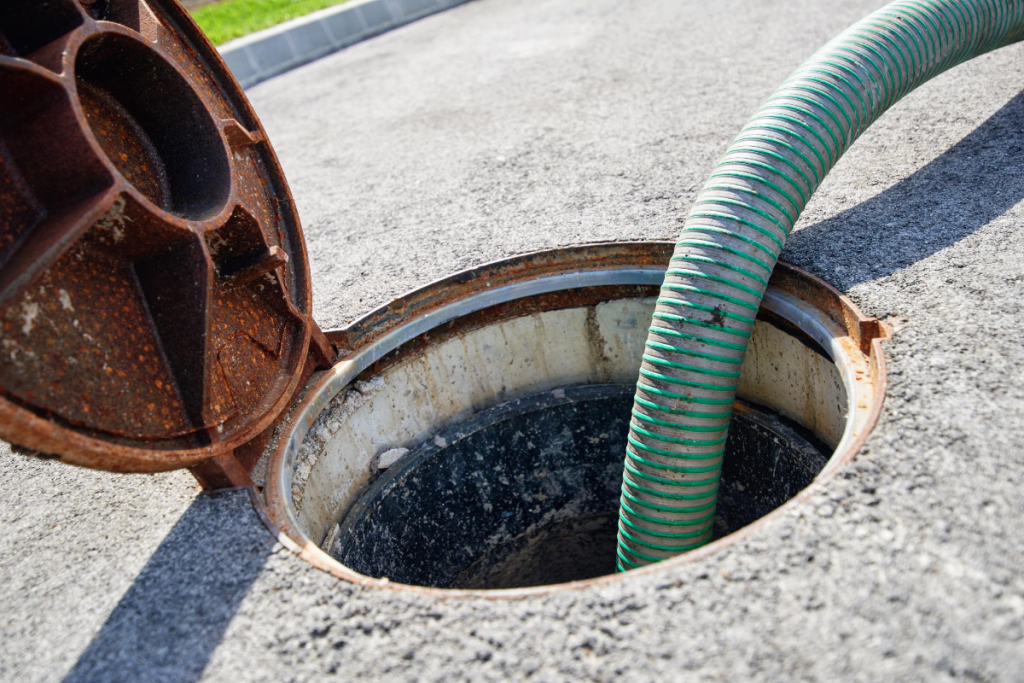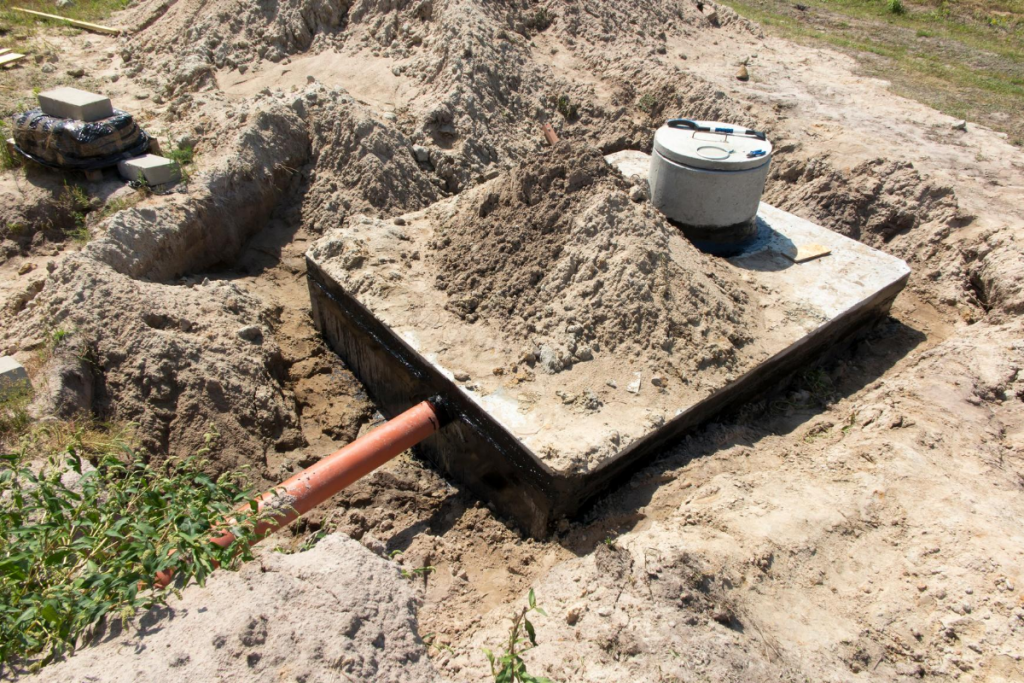What is a Soakaway?
What is a Soakaway? A soakaway is a drainage system designed to manage surface water from rainwater or sewage systems. It is essential in controlling water levels and avoiding flooding caused by excess rainfall. Domestic soakaways are commonly found in rear gardens adjacent to a wastewater system, such as septic tanks or sewage treatment plants. …

